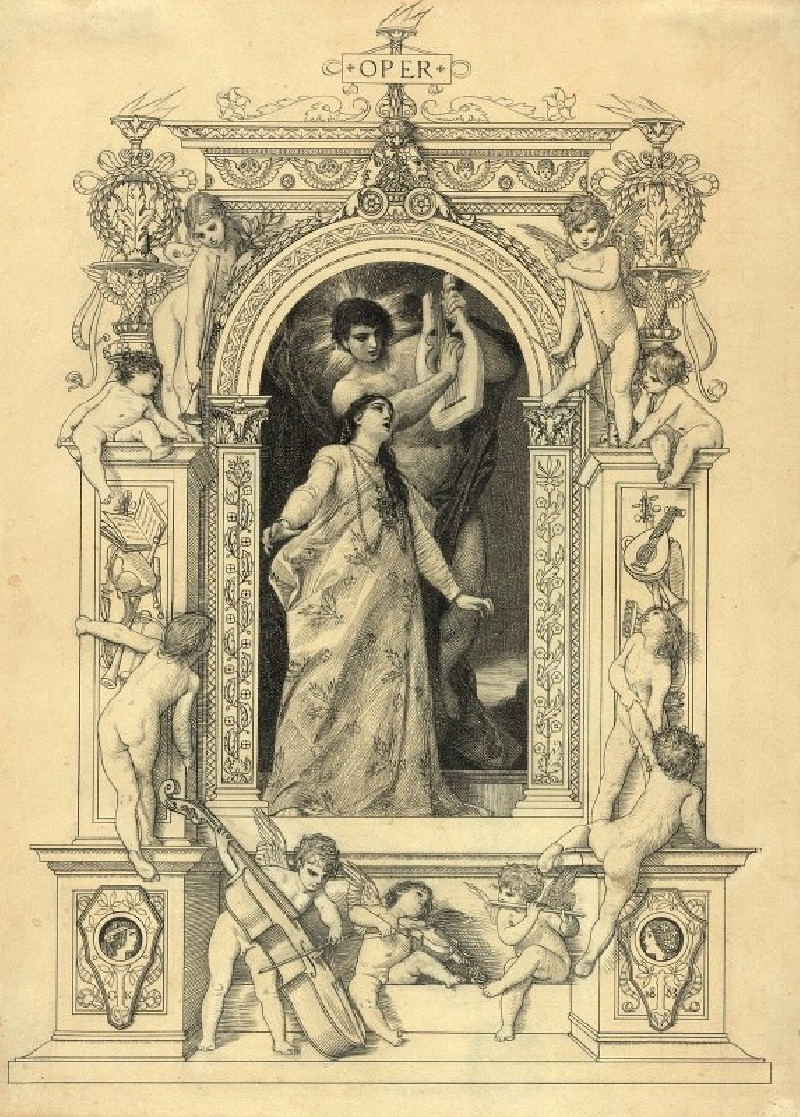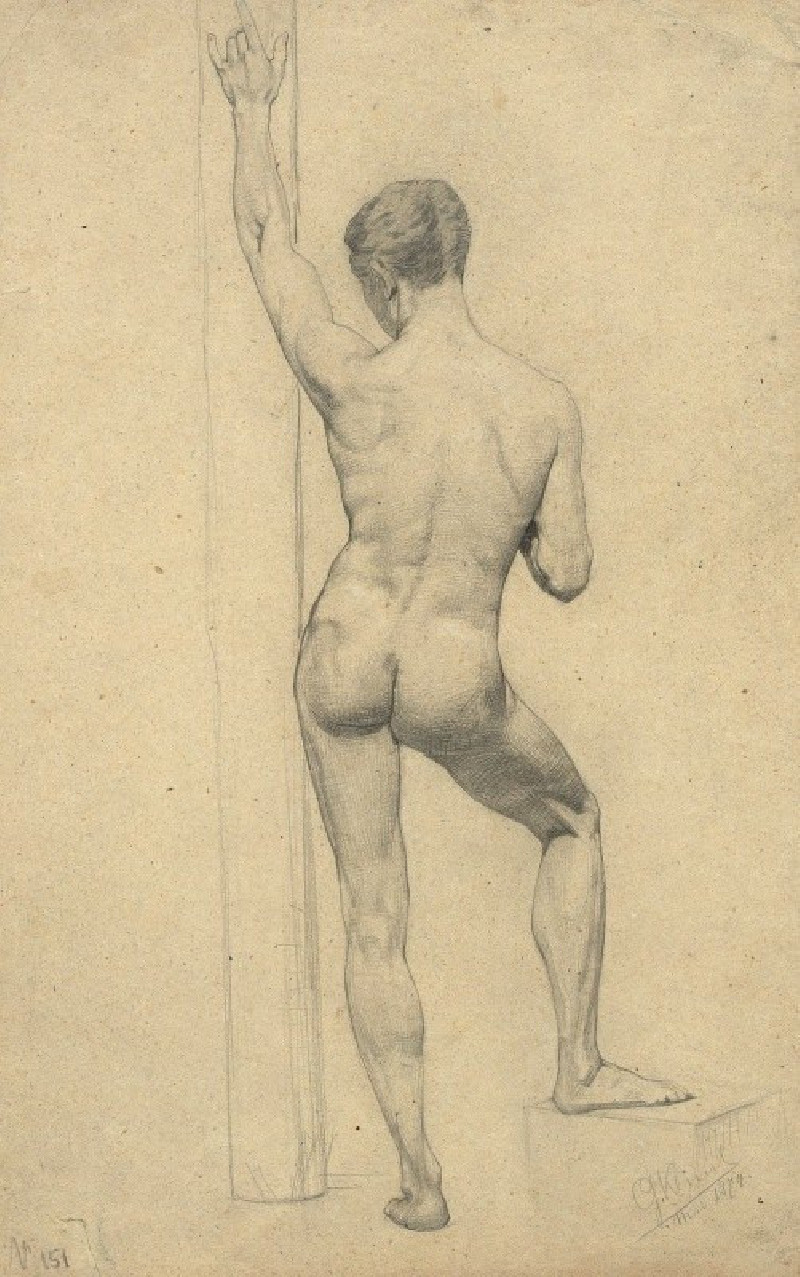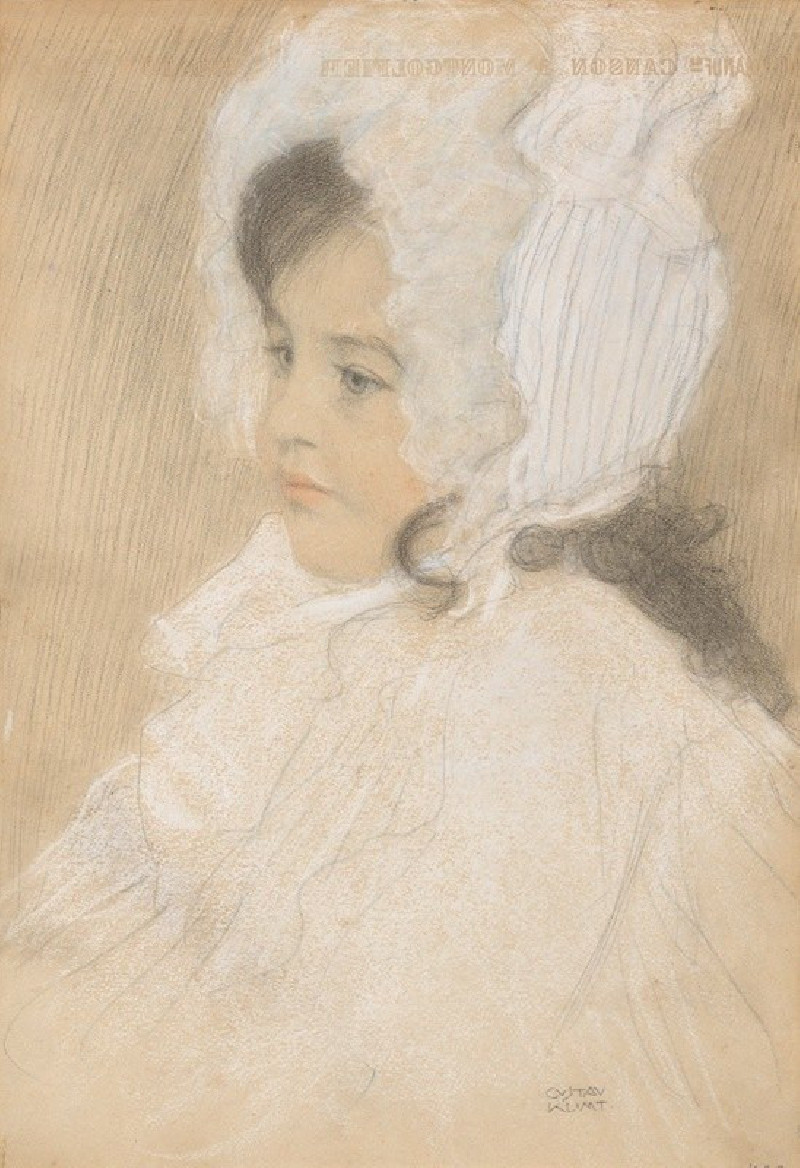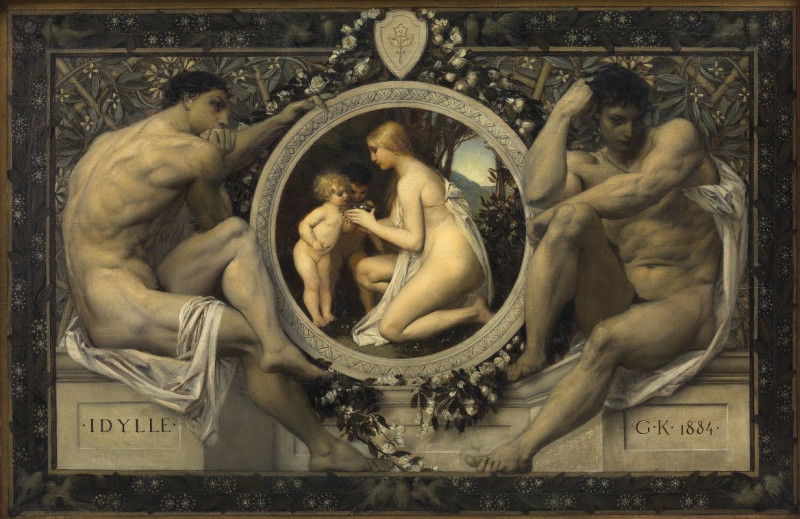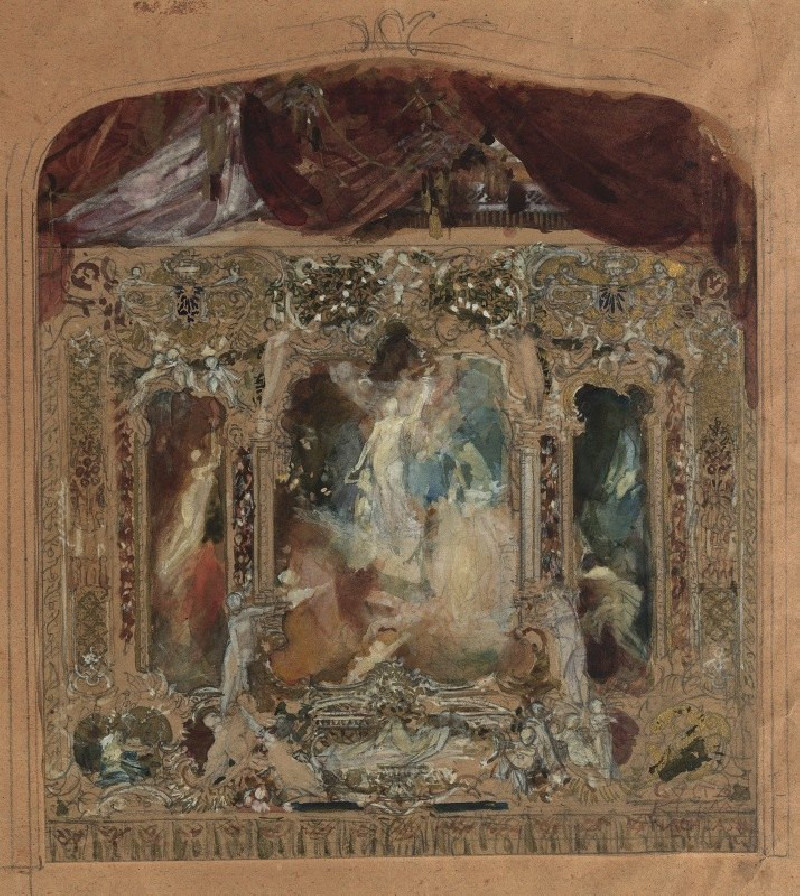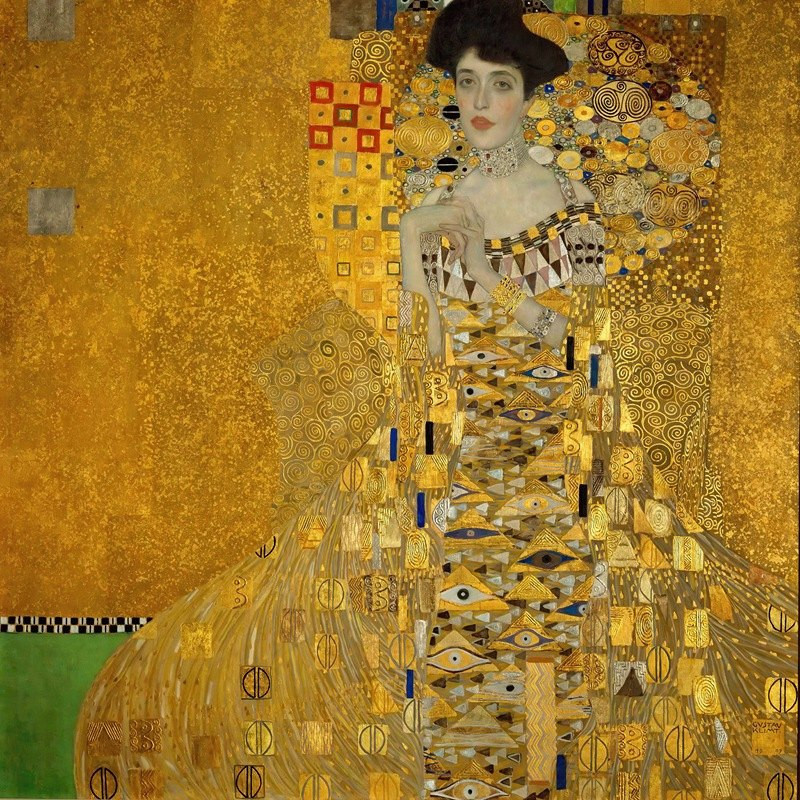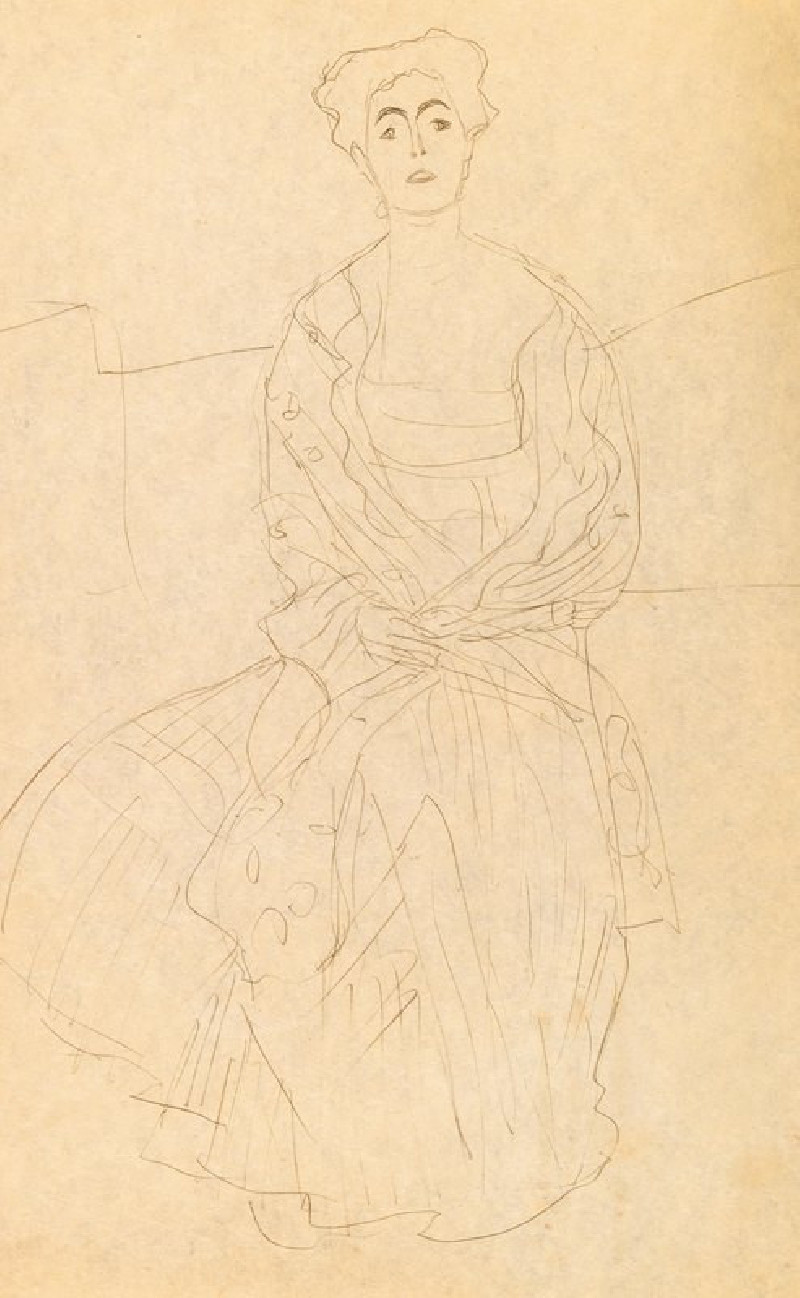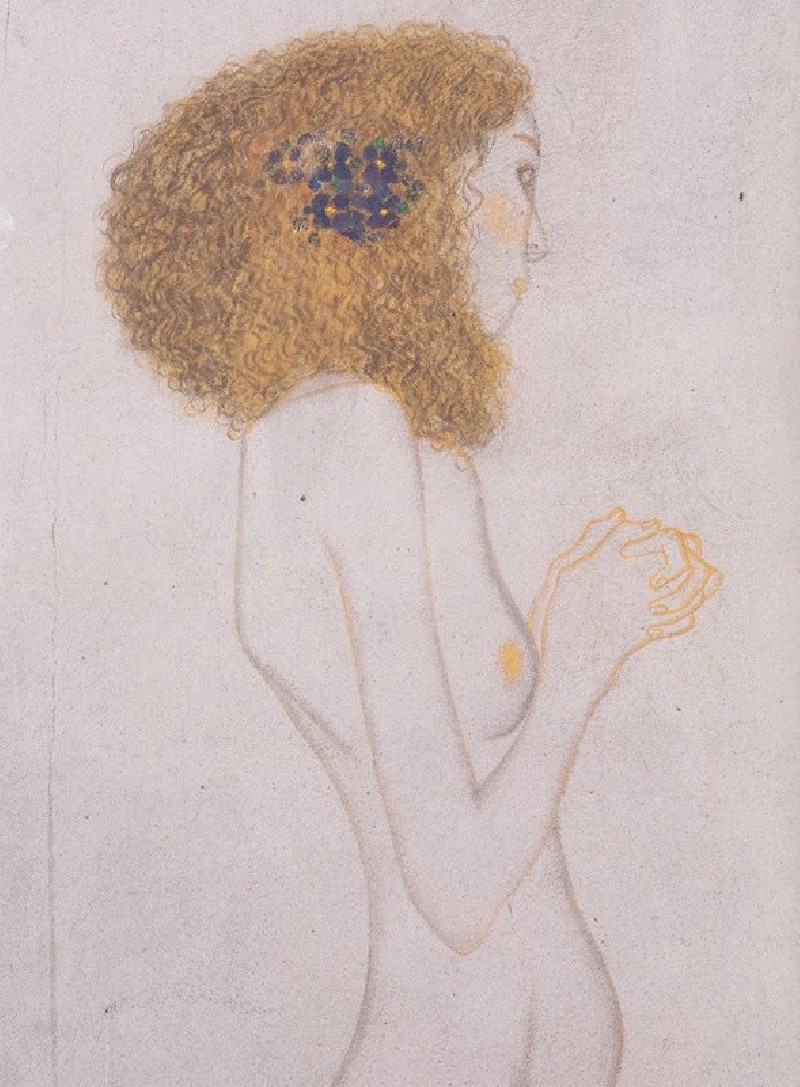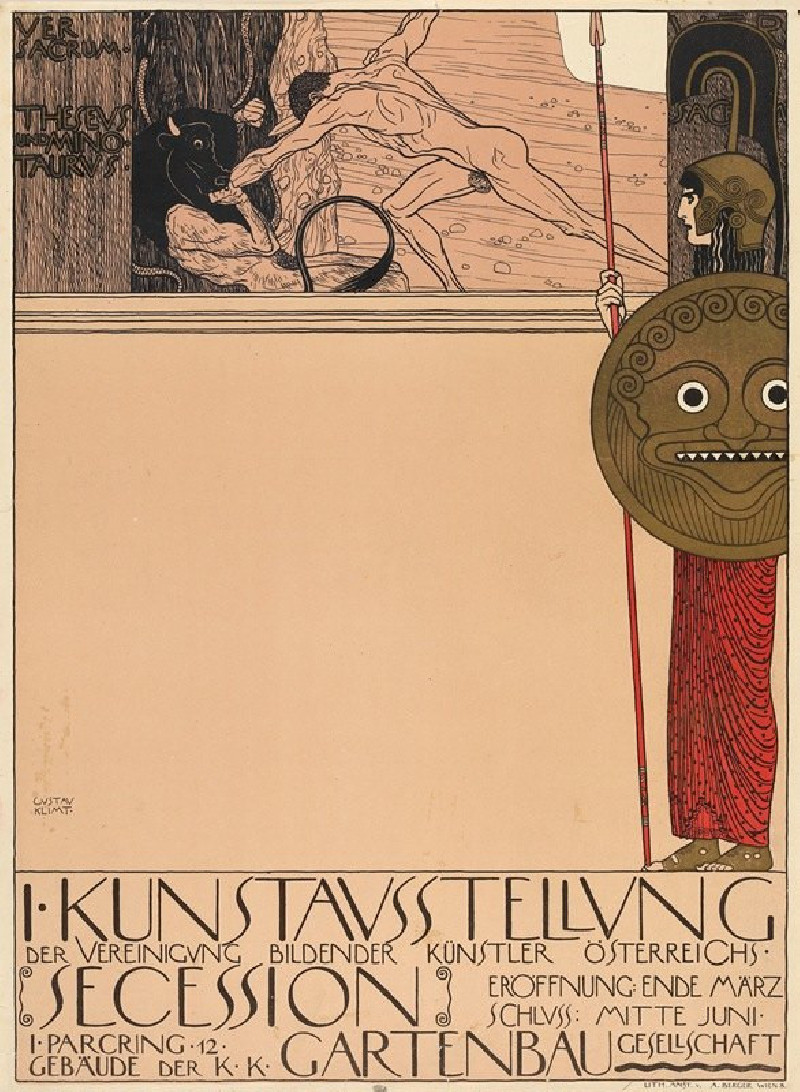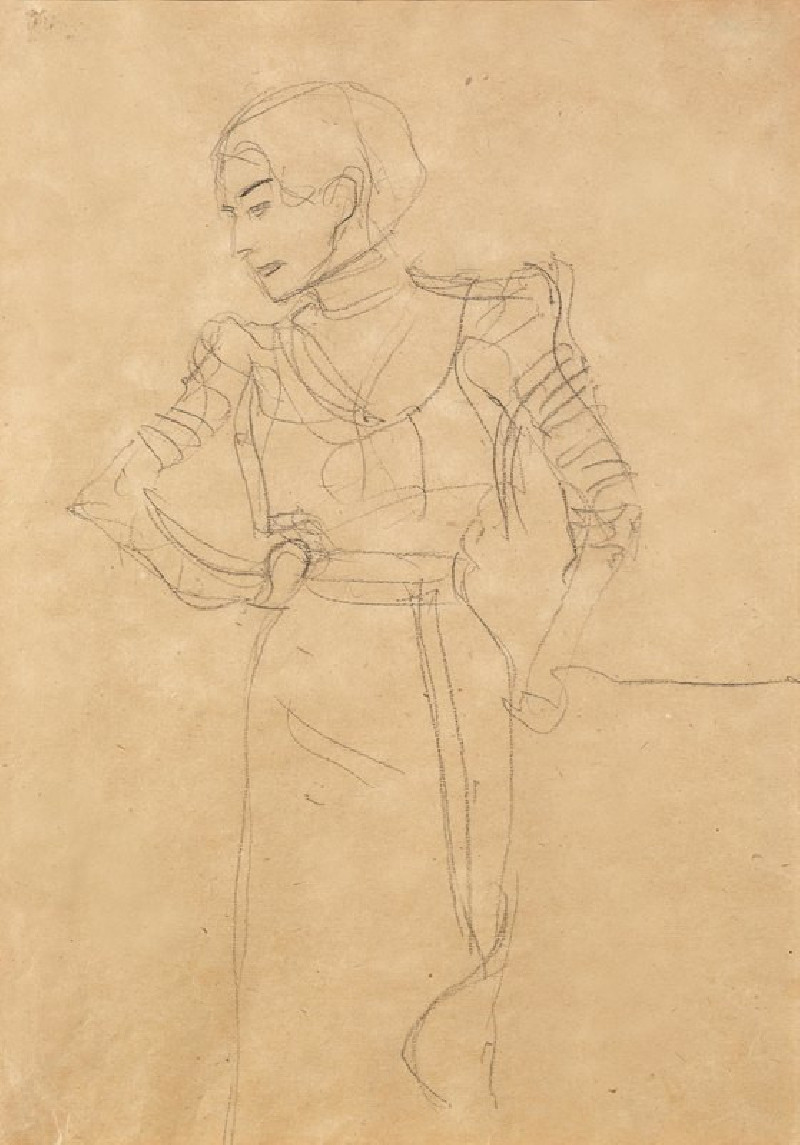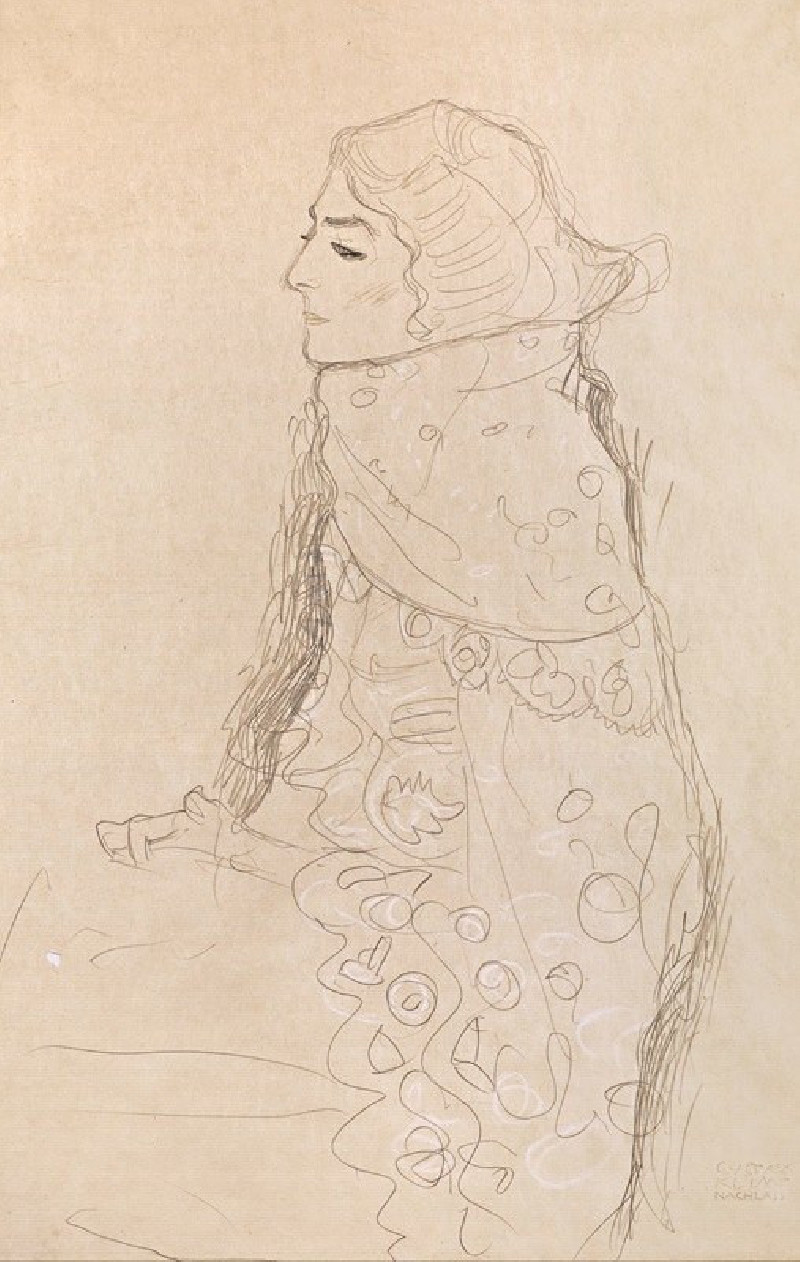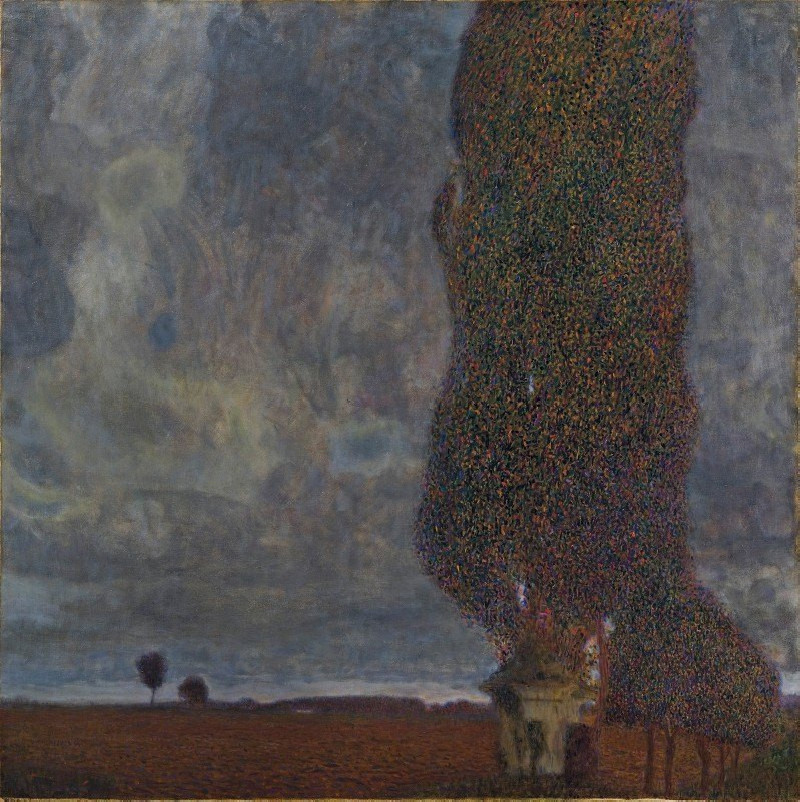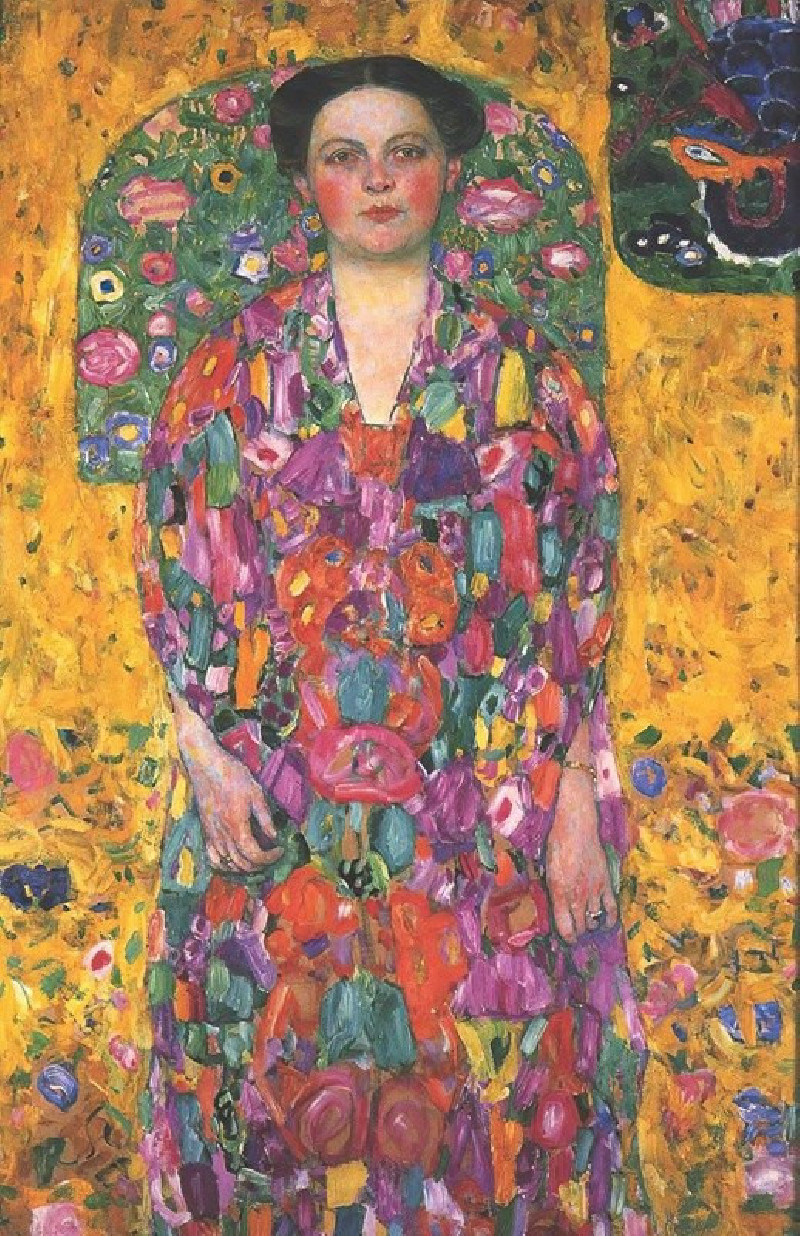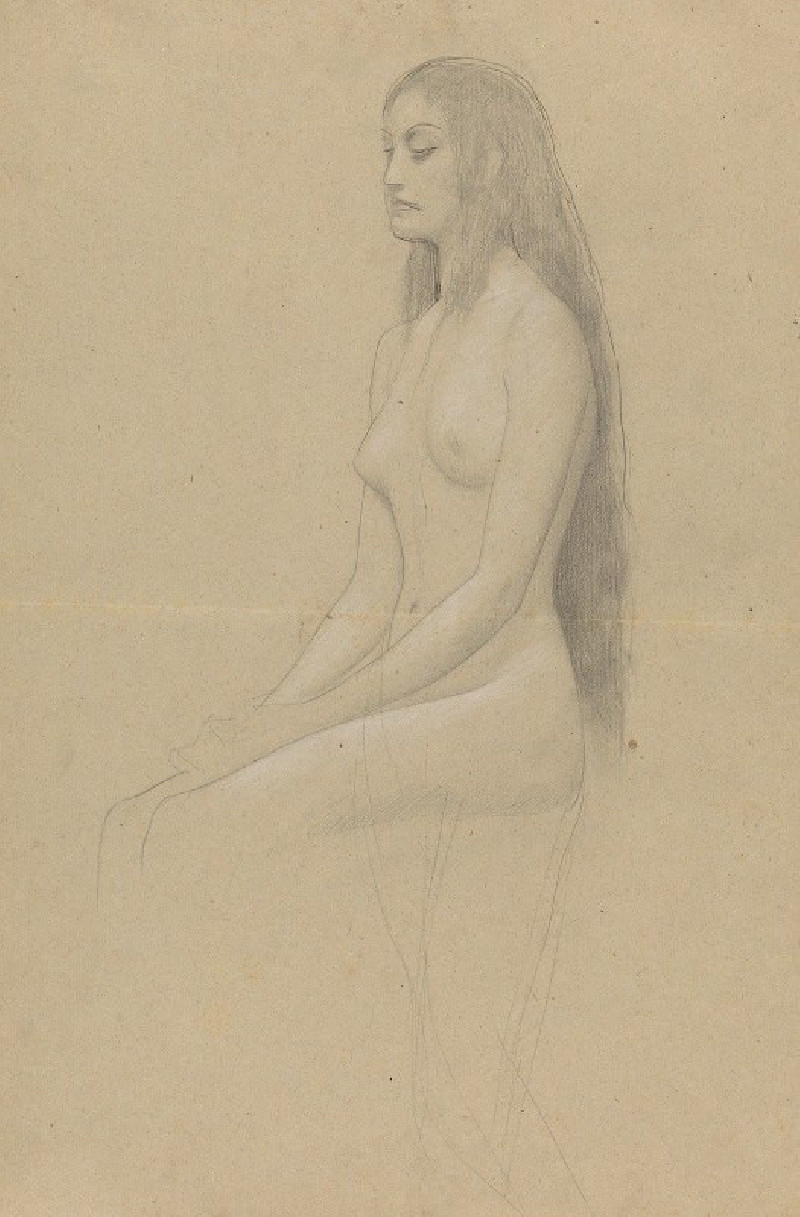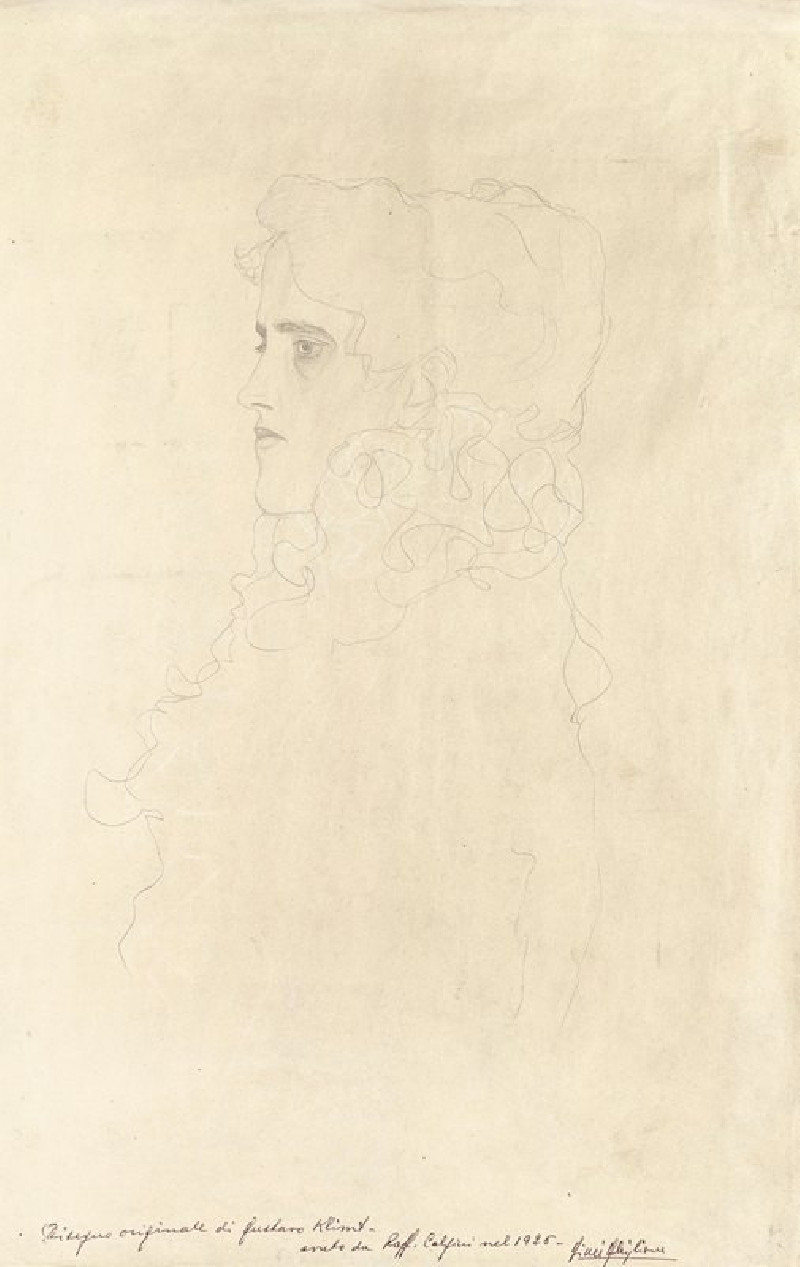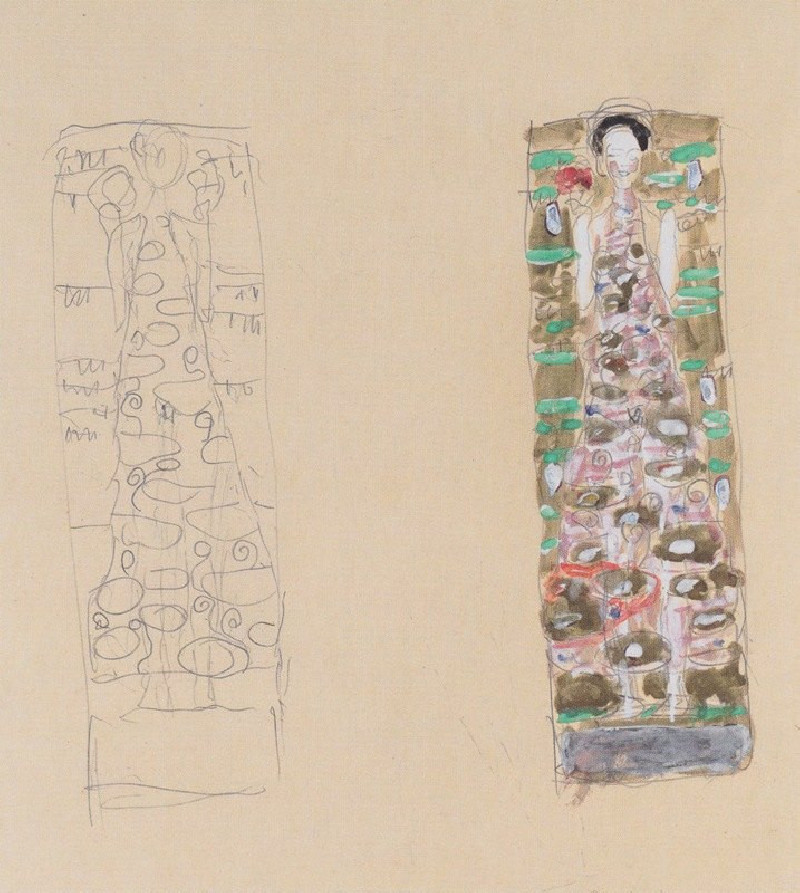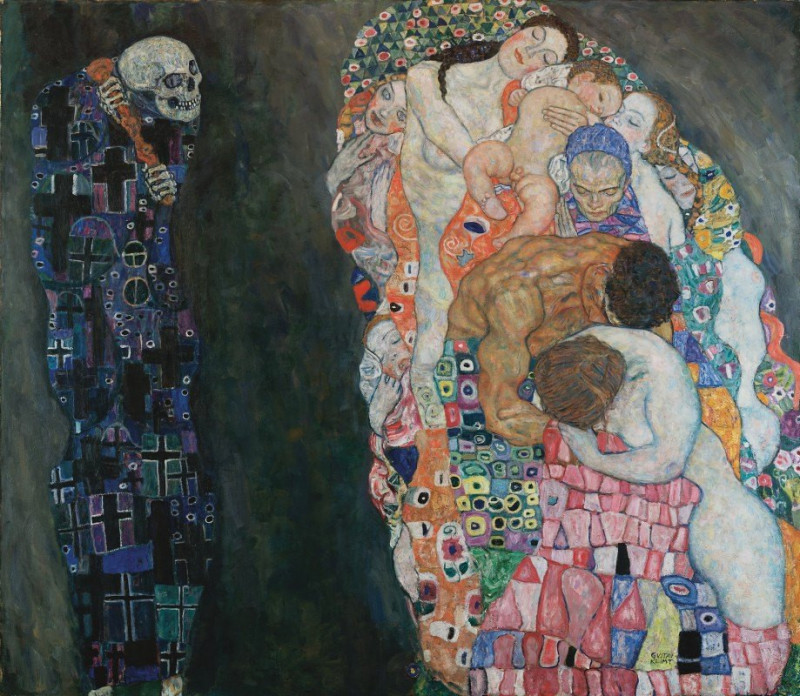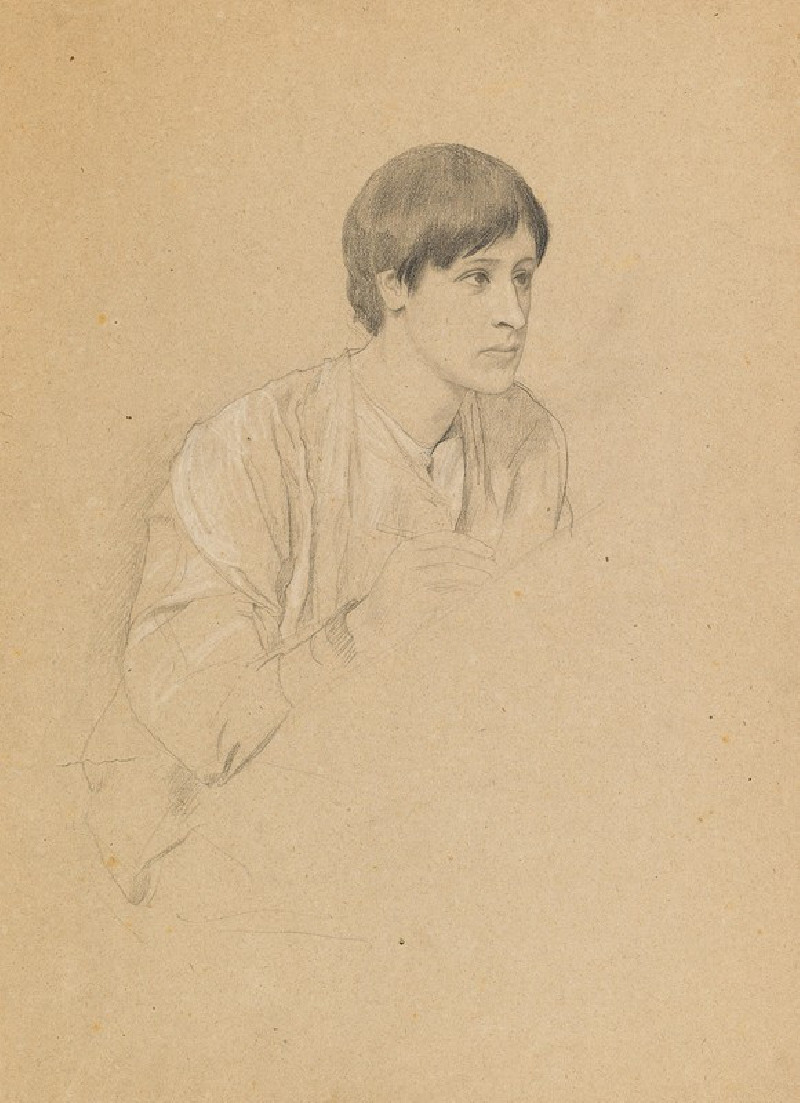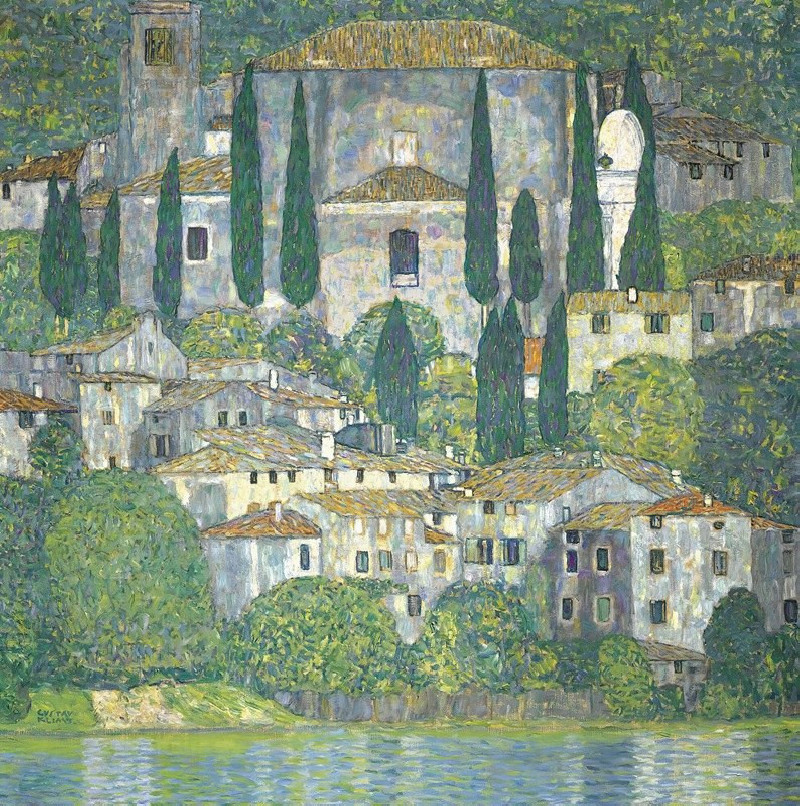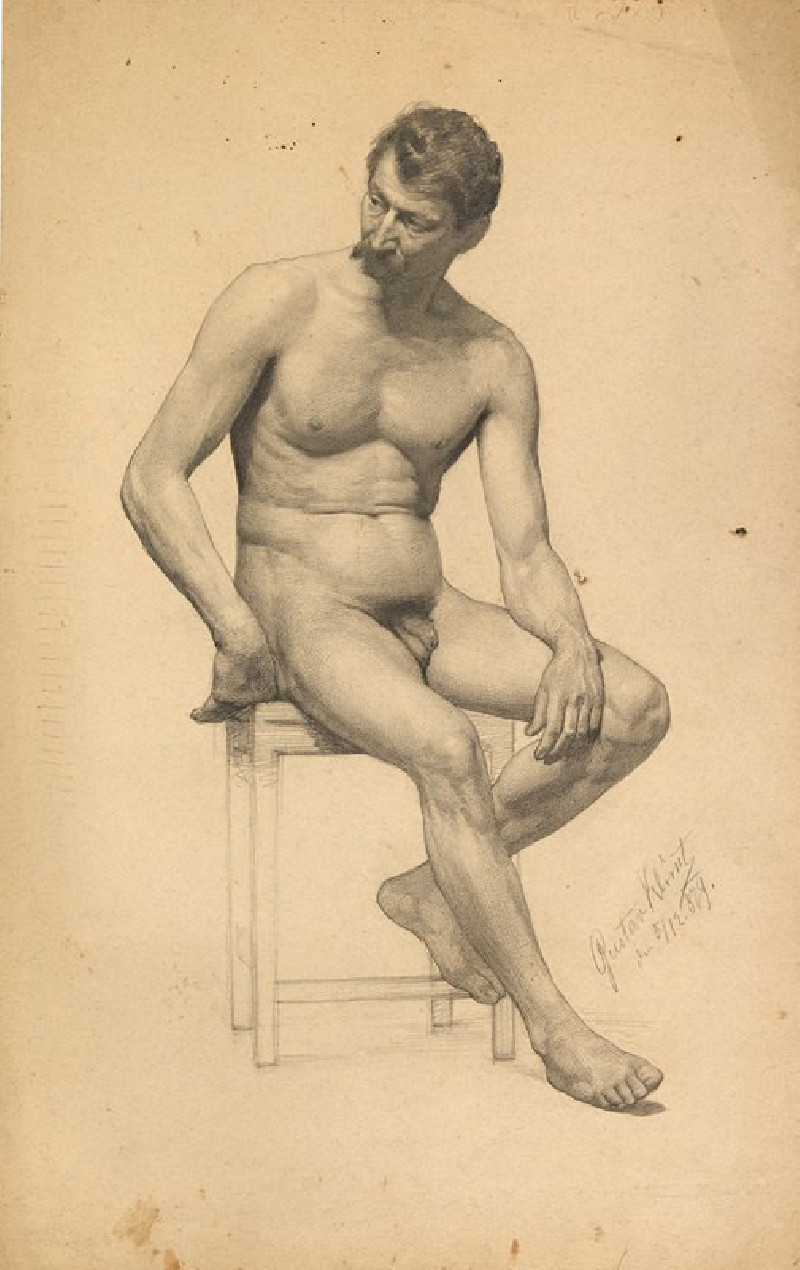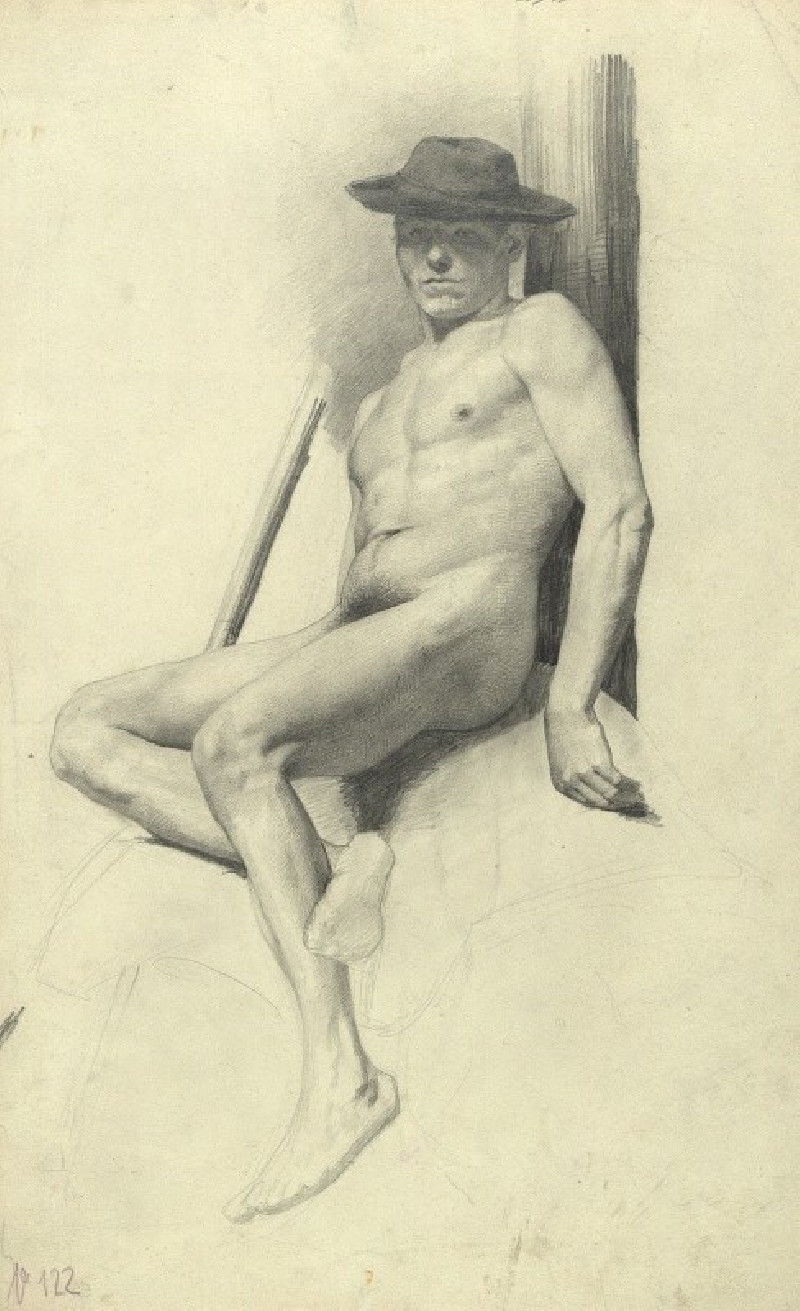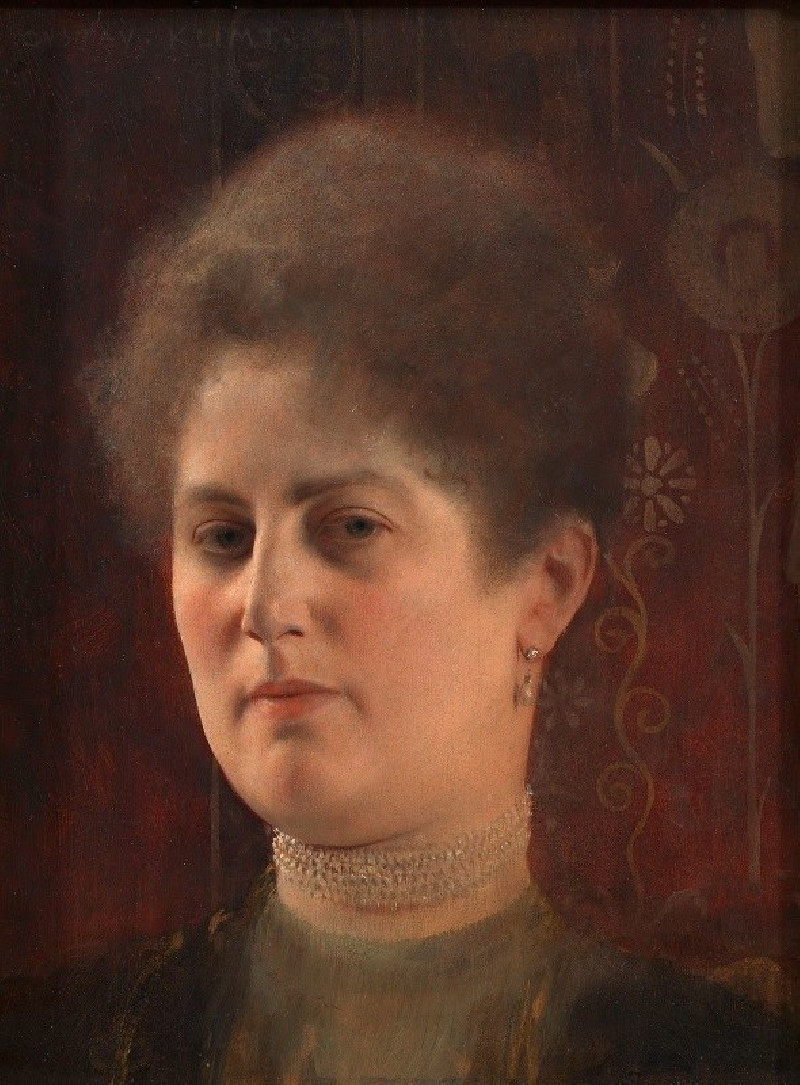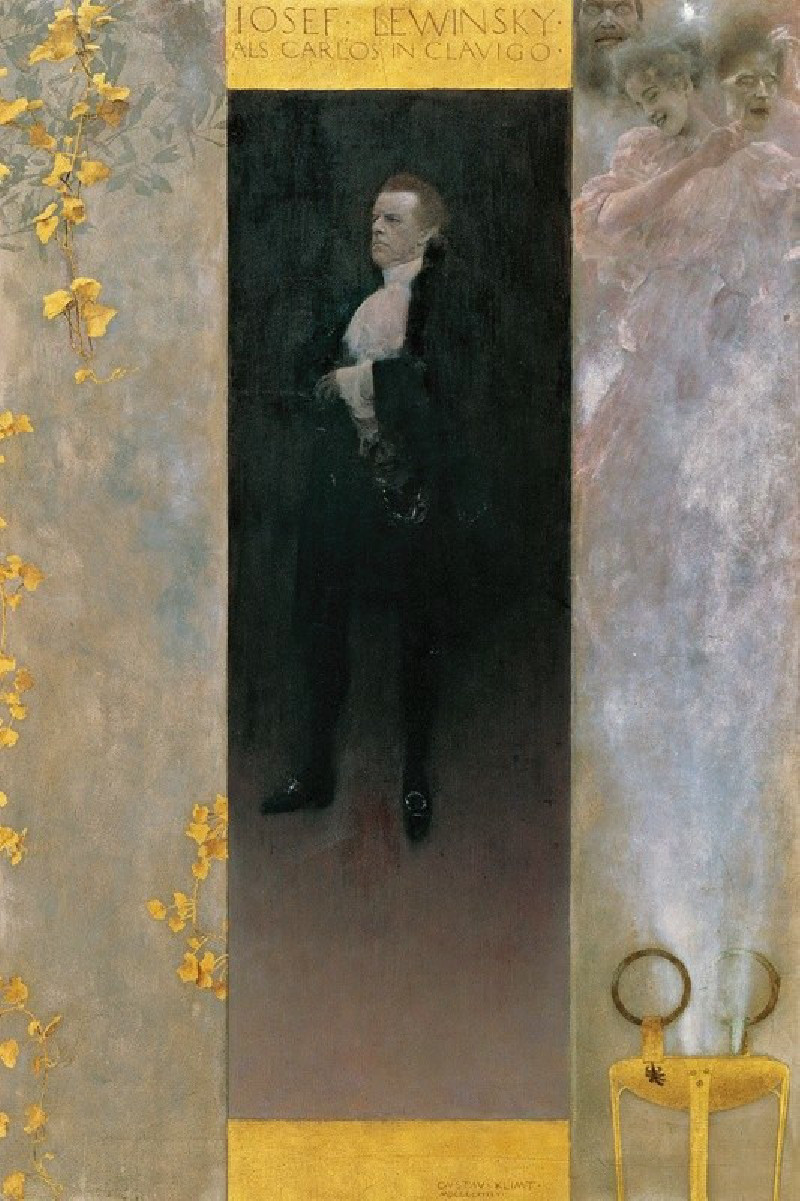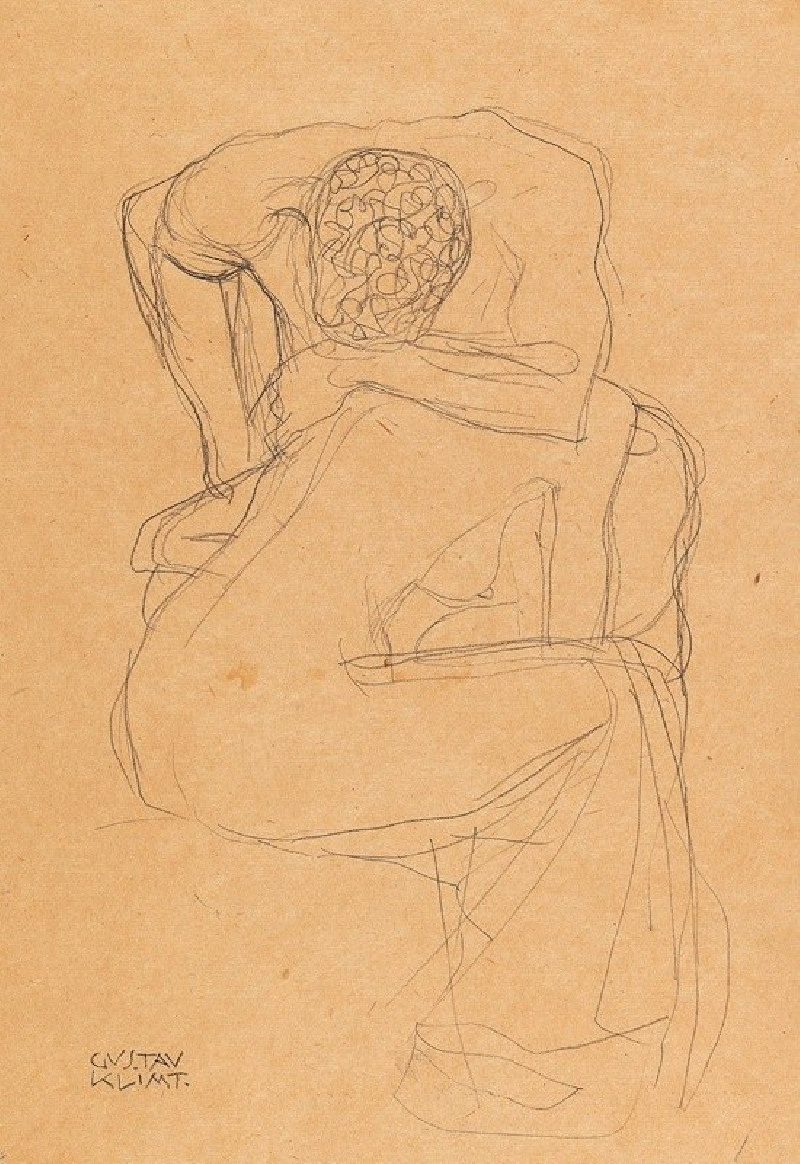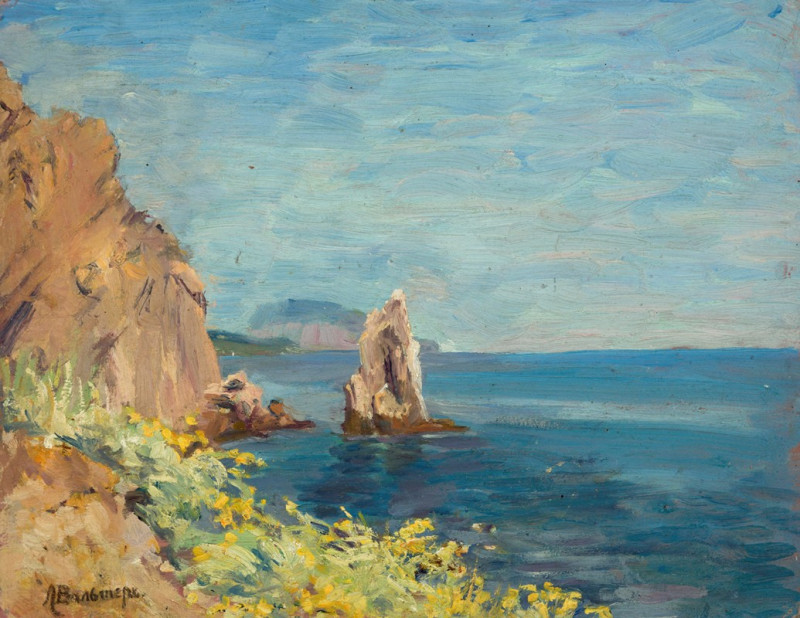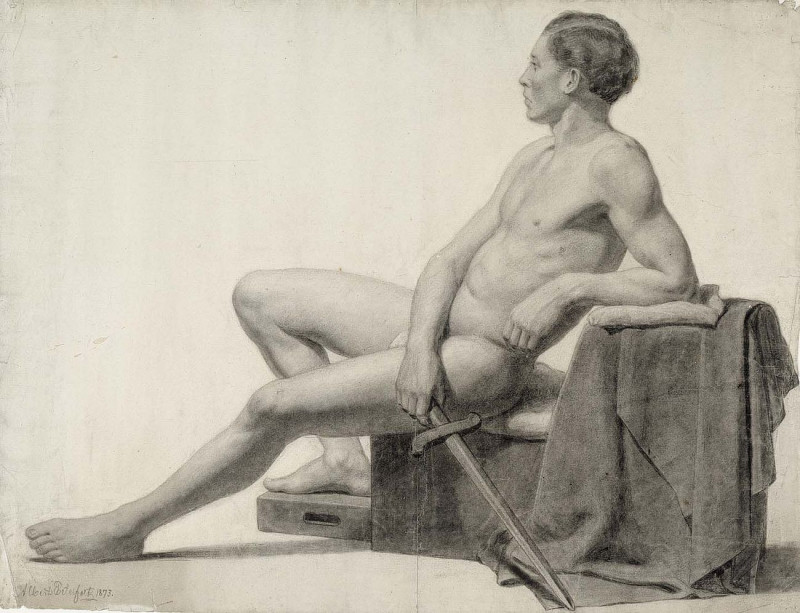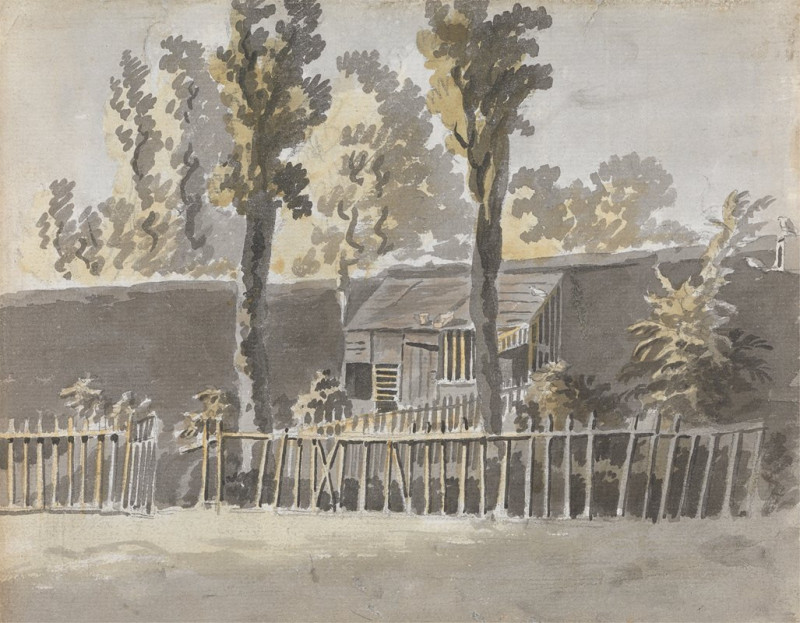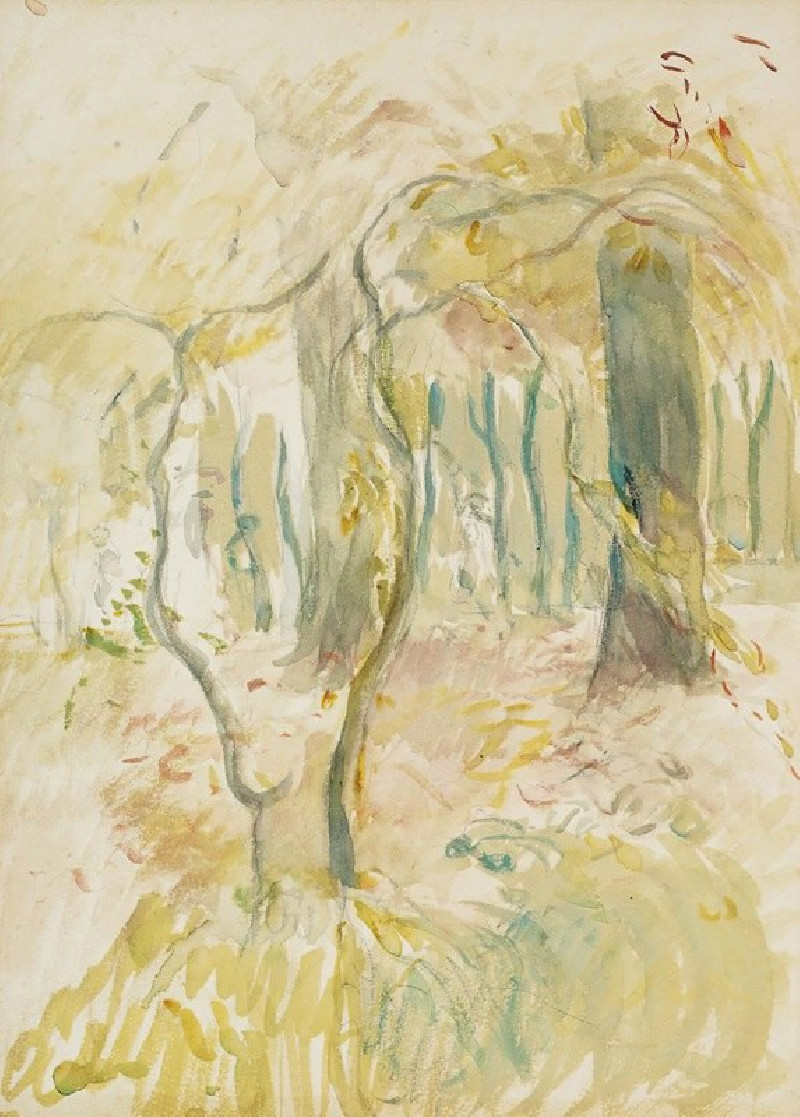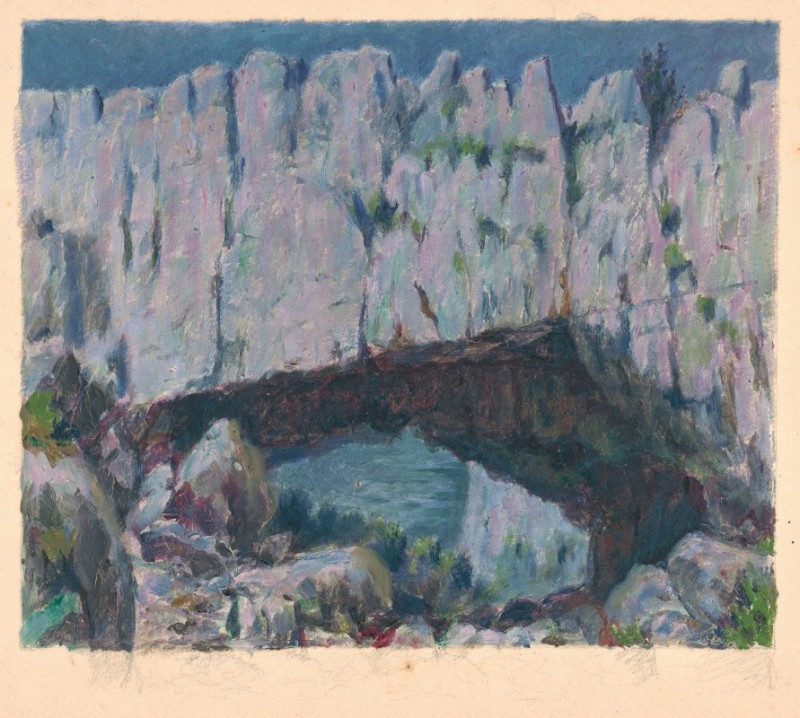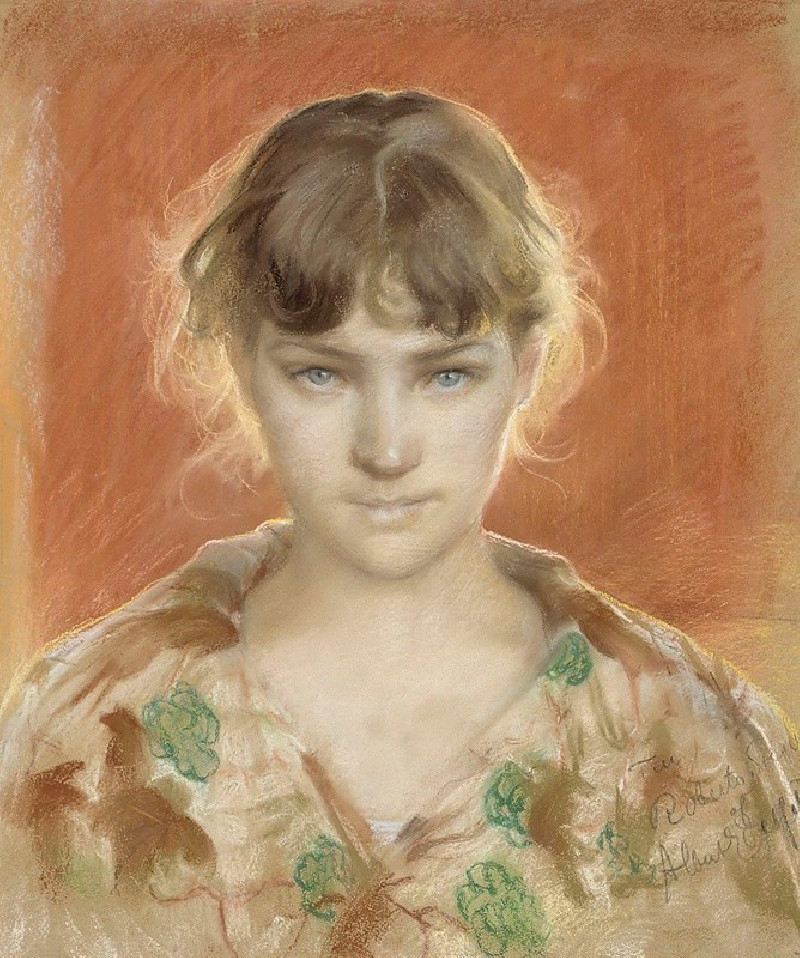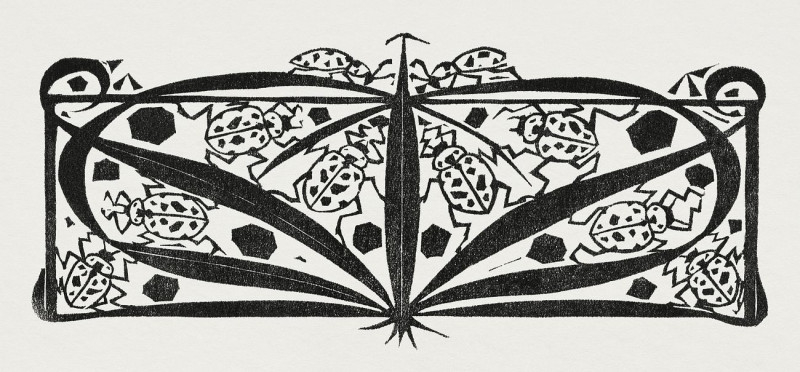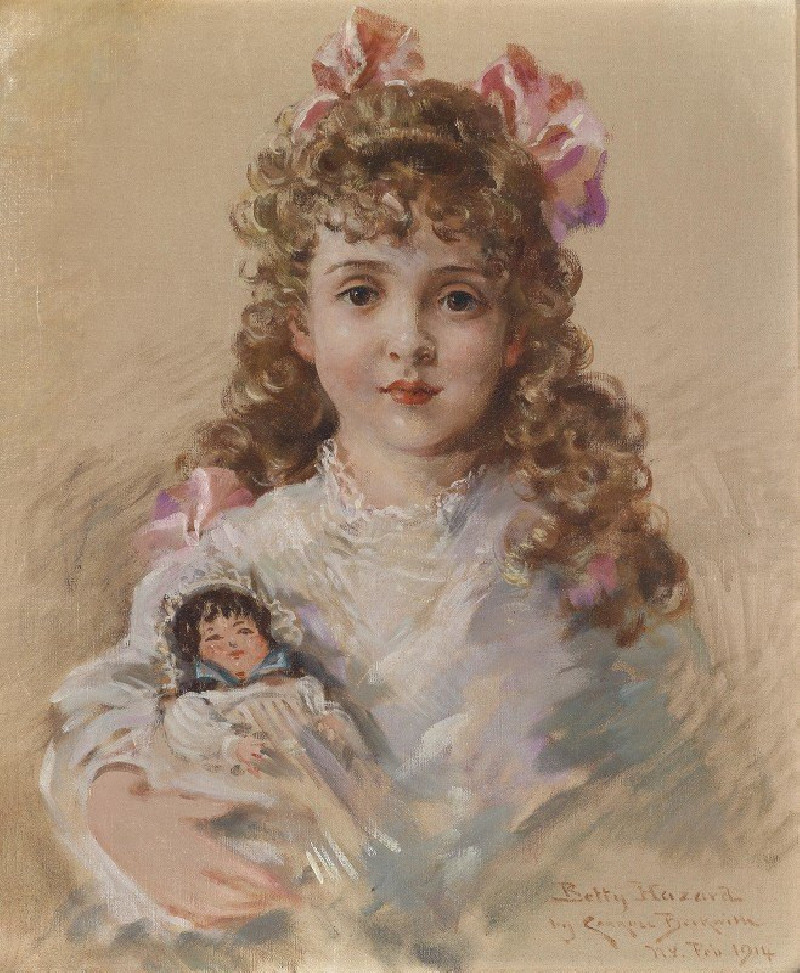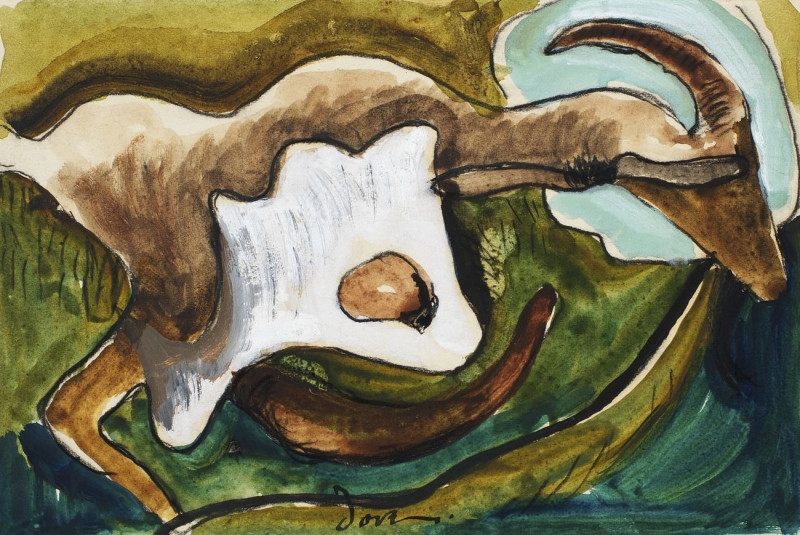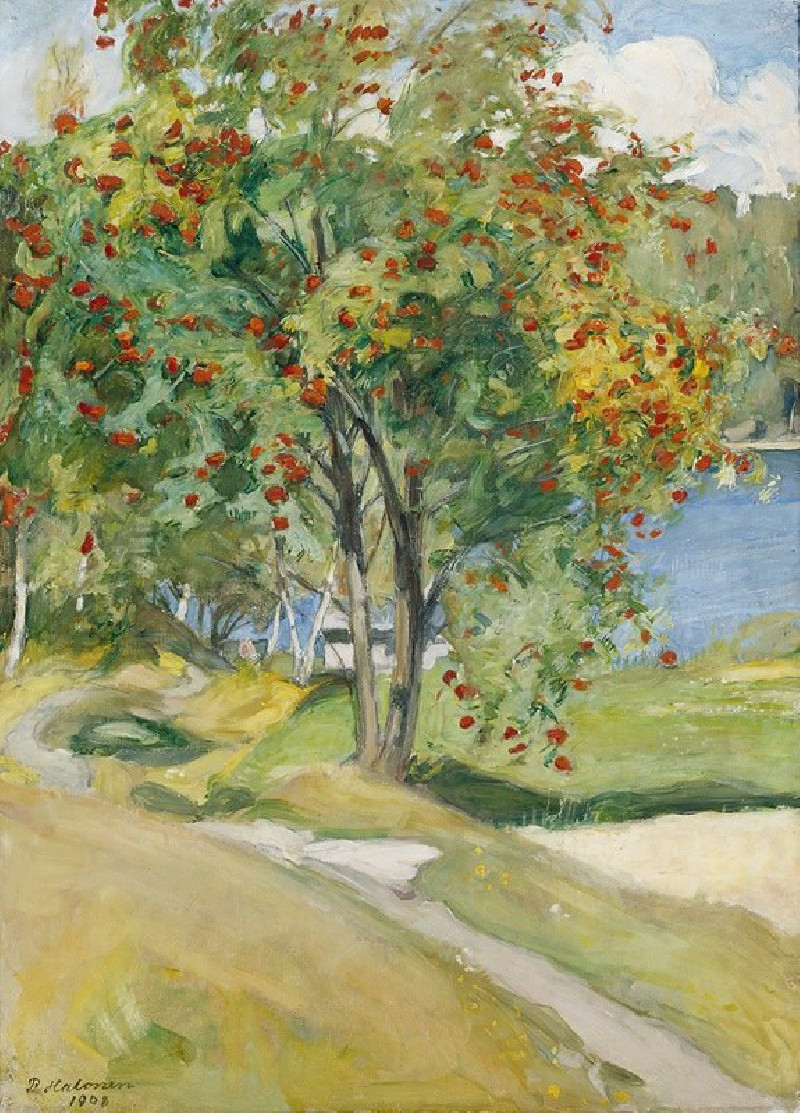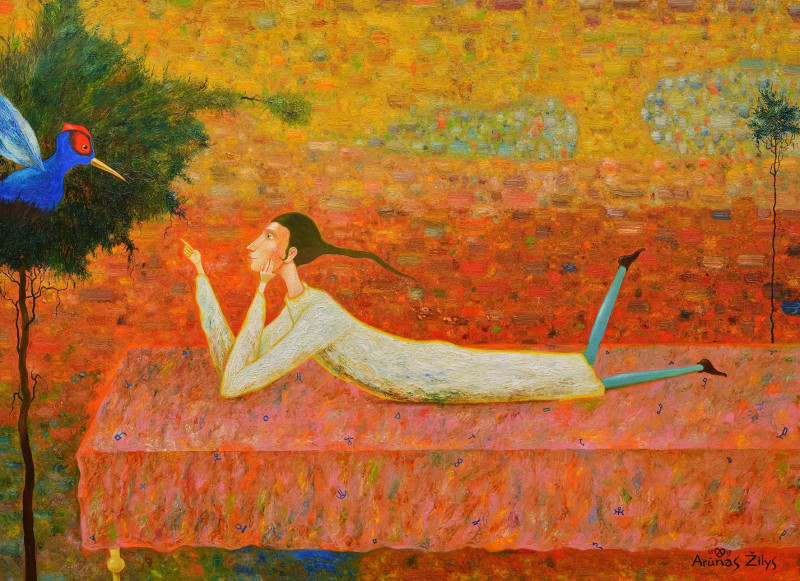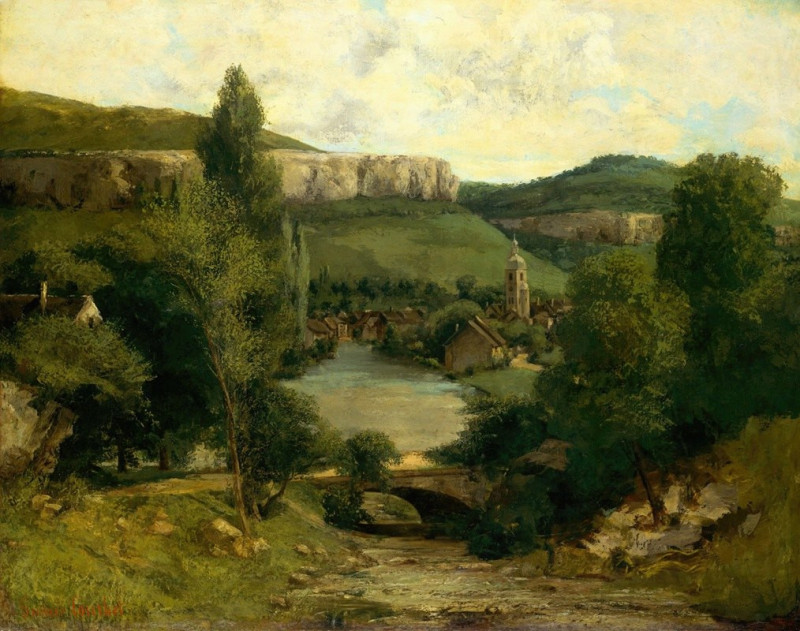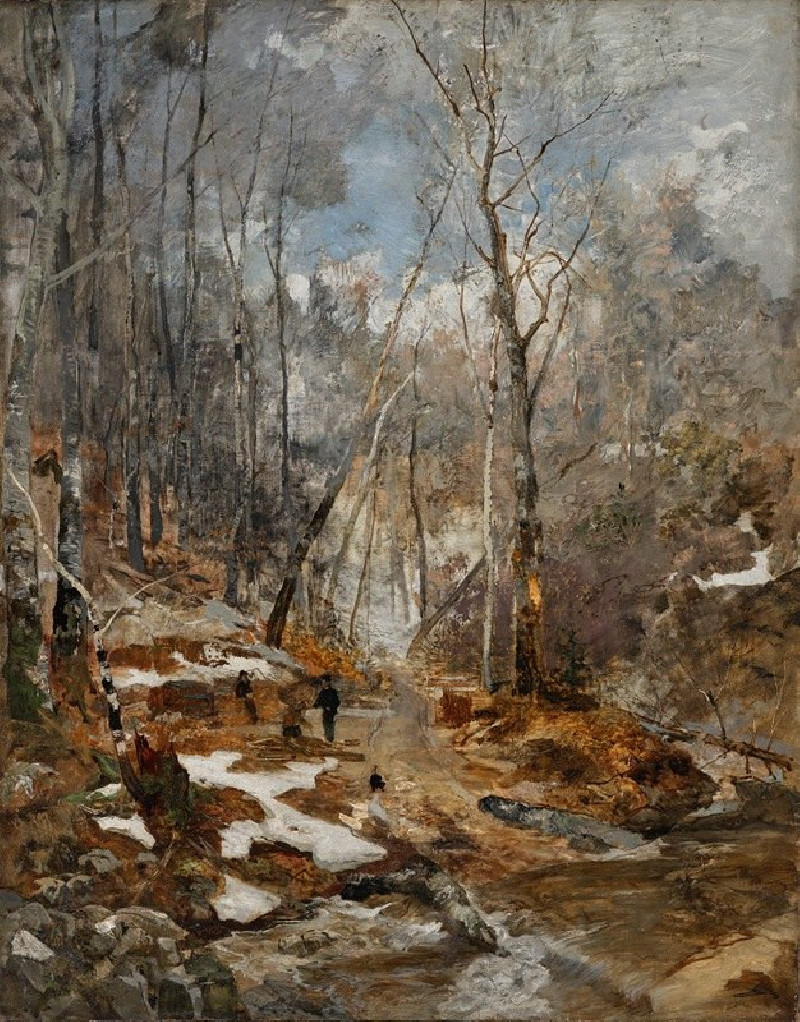Portrait of Friederike Maria Beer (1916)
Technique: Giclée quality print
Recommended by our customers
More about this artwork
In this captivating portrait by Gustav Klimt, the viewer is greeted by the striking figure of Friederike Maria Beer, an art patron from a prominent Viennese family. The painting showcases Klimt's unique ability to blend figurative art with an abstract mosaic of color and form. Friederike is depicted sitting slightly forward, her expression serene and direct, which draws the viewer into a moment of quiet contemplation.The background and her clothing are rendered in an impressive array of vivid, ornate patterns and colors that suggest influences from various artistic styles, including Symbolism and Art Nouveau. Her elaborate robe and the intricate veil that cascades around her shoulders are particularly striking, suggesting a sense of depth and texture that almost seems to pulse with life.Surrounding Friederike are fanciful figures and geometric shapes that contribute to the painting’s dreamlike quality. These elements do not merely serve as a backdrop but interact with the subject, reflecting her status and perhaps aspects of her personality or life. Notably, the blend of brilliant colors, dramatic forms, and the central calm figure of Friederike creates a powerful contrast that is both enigmatic and visually stunning.Through "Portrait of Friederike Maria Beer," Klimt not only immortalizes an influential figure of Viennese society but also illustrates his unparalleled ability to fuse traditional portraiture with avant-garde artistry.
Delivery
Returns
Gustav Klimt (1862–1918) was one of the greatest Austrian symbolist painters of the Art Nouveau era. Renowned as one of the most prominent founding members, and as a president of the Vienna Art Nouveau movement (Vienna Secession). His works were mainly paintings, murals, and sketches. Marked by his numerous erotic drawings, Klimt's primary subject were female figures, and at one point his work was even criticized as pornographic. Klimt found financial success in his "Golden Phase" with decorative techniques and the prominent use of gold leaf in his paintings.


